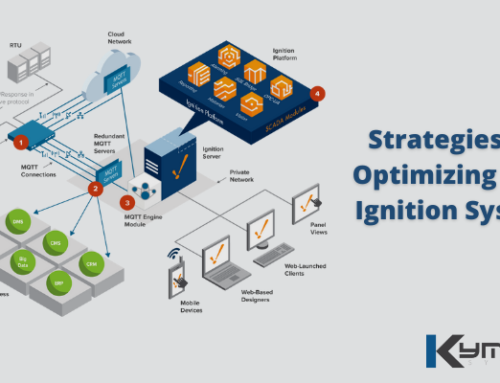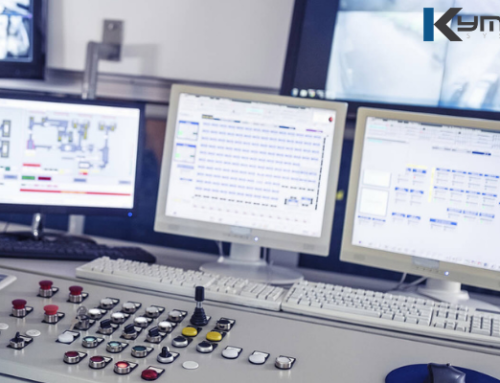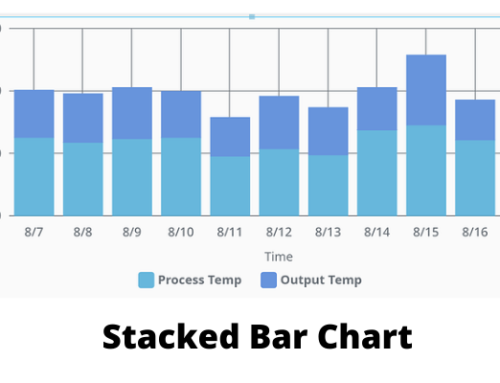There are so many industries that have adopted IoT predictive maintenance, and why shouldn’t they; when it has been estimated to save millions worldwide by avoiding accidents. Companies are using it to cut down on machine downtime and get help in increasing product quality. The future of machinery maintenance is in the IoT, which is about to bring the fourth industrial revolution of humankind.
How? Let’s say that a company starts using IoT predictive maintenance, which saves them about $250k per machine (which is an incredible reduction in repair costs.) With those kinds of savings, companies will be able to invest in innovations or improving other areas of business, so the predictive analytics trend has started to spread like wildfire.
But, what is the connection between predictive maintenance and IoT? Why does PM get so much attention and is expected to start a new revolution, just like touchscreens about ten years ago?
What the Internet of Things embodies is big data technology and machine learning. The aim is to communicate, gather all the relevant data, update the shortcomings in almost real-time and cut down on any significant breakdowns as a result. Thus, we have a new category called the Industrial Internet of Things (IIoT), holding massive potential in full supply chain productivity, environmentally conscious production processes, and quality control.
What Changes does IIoT Bring?
Even with routine predictive maintenance, many machinery parts fail. IIoT helps us transform the way we approach machinery operations and has the potential to put an end to these technical issues permanently. The IoT, in general, presents an enormous diversity to which can be put to use. Take a look at some of the work models and industries where IIoT can help prevent any work downtime from happening.
- In hydraulic valve manufacturing, filters and lubricants require IoT sensors and gateways so the oil quality can be tracked and maintained without manual assistance and in constant grade.
- To stop the blockages heat exchangers face (due to the conduit deposits) and measure their heat flow rate, we can calibrate the temperature differential in the flow.
- With the employment of ultrasonic and vibrative sensors, we could prevent the fragile spindles in milling machines from breaking.
- There would be no breakdown issues with robots in various industries when the CPU, positioning, housing temperature and overload errors are constantly monitored.
So many industries have benefited by ruling out common workflow errors and managing to centralize their automation and monitoring. Cutting fluids monitoring, cycle time monitoring, cooling systems, ticket allocation system, and other industries have cut down on their machinery downtime by adopting IIoT predictive maintenance.
IIoT Technology
Industrial giants such as Komatsu, Airbus, and Hitachi have dedicated billions to developing IoT solutions for sale, with products ranging from tracking and tracing software and warehouse assistance to self-driving vehicles and robotics.
Predictive maintenance will help us increase the accuracy in our machine performance, which will not only save money, but fuel, energy, and time. IIoT is making fast progress in automation and doesn’t plan on stopping any time soon. The fourth industrial revolution is almost here.





